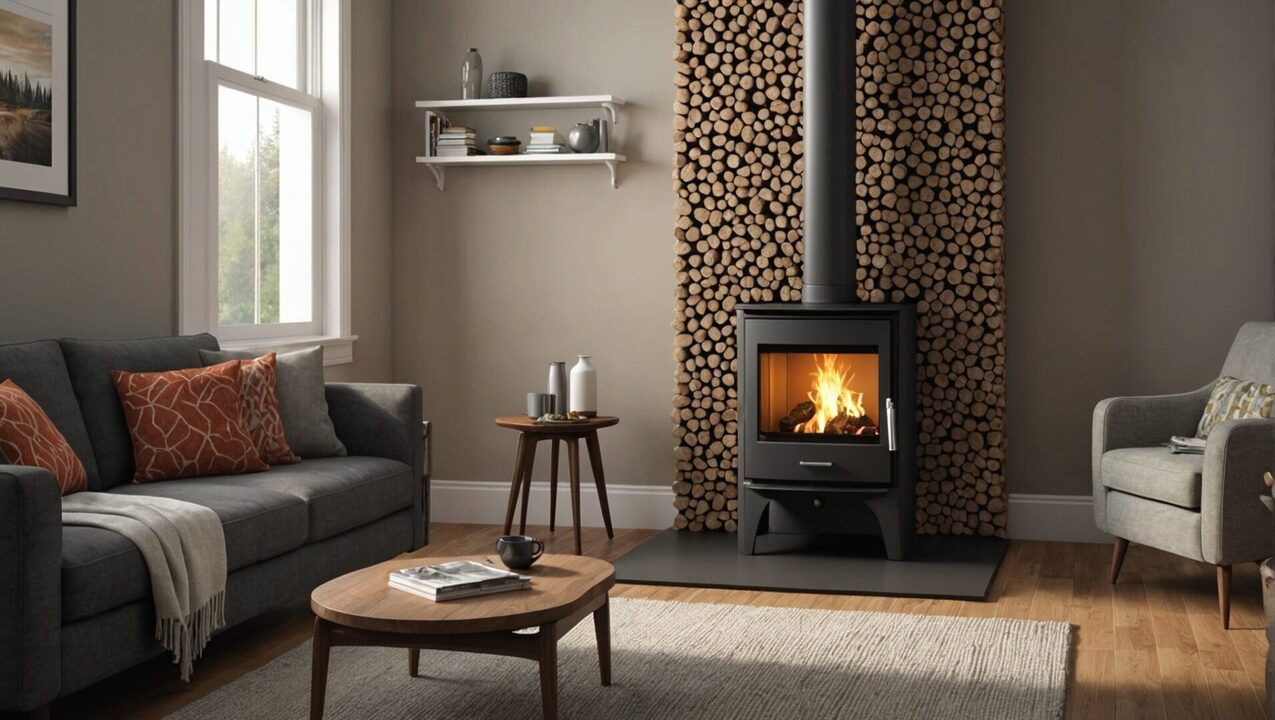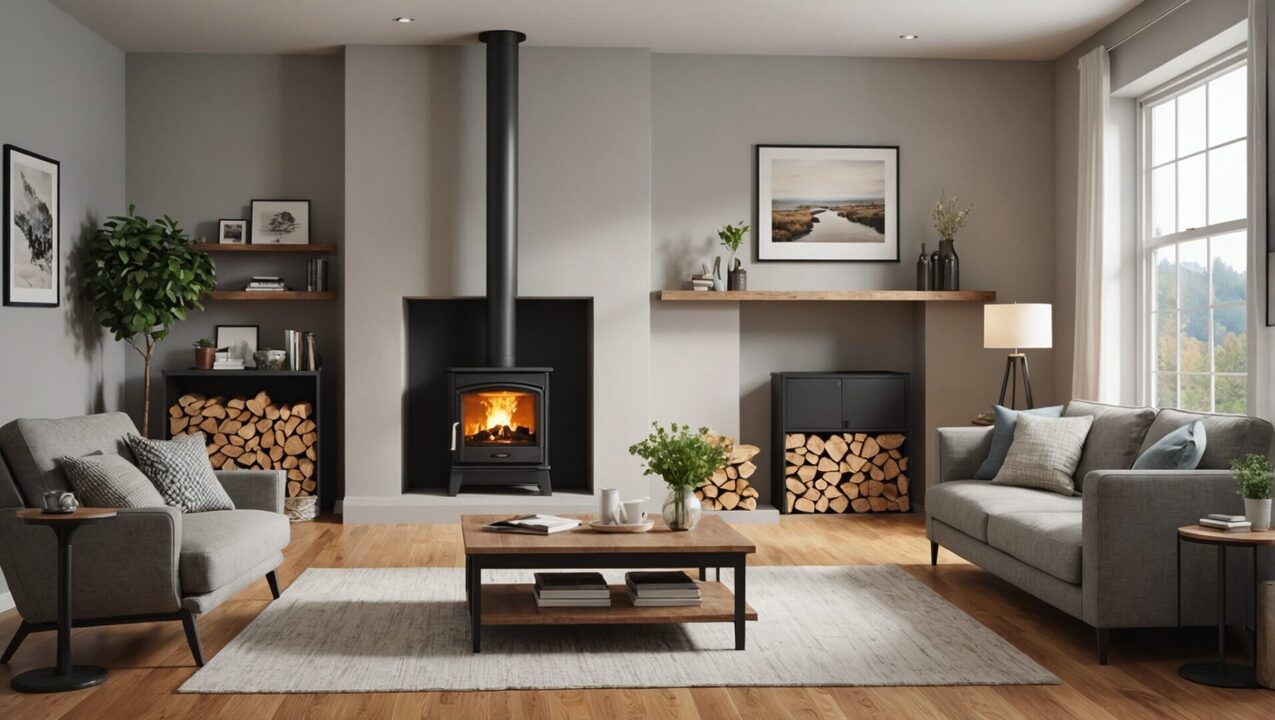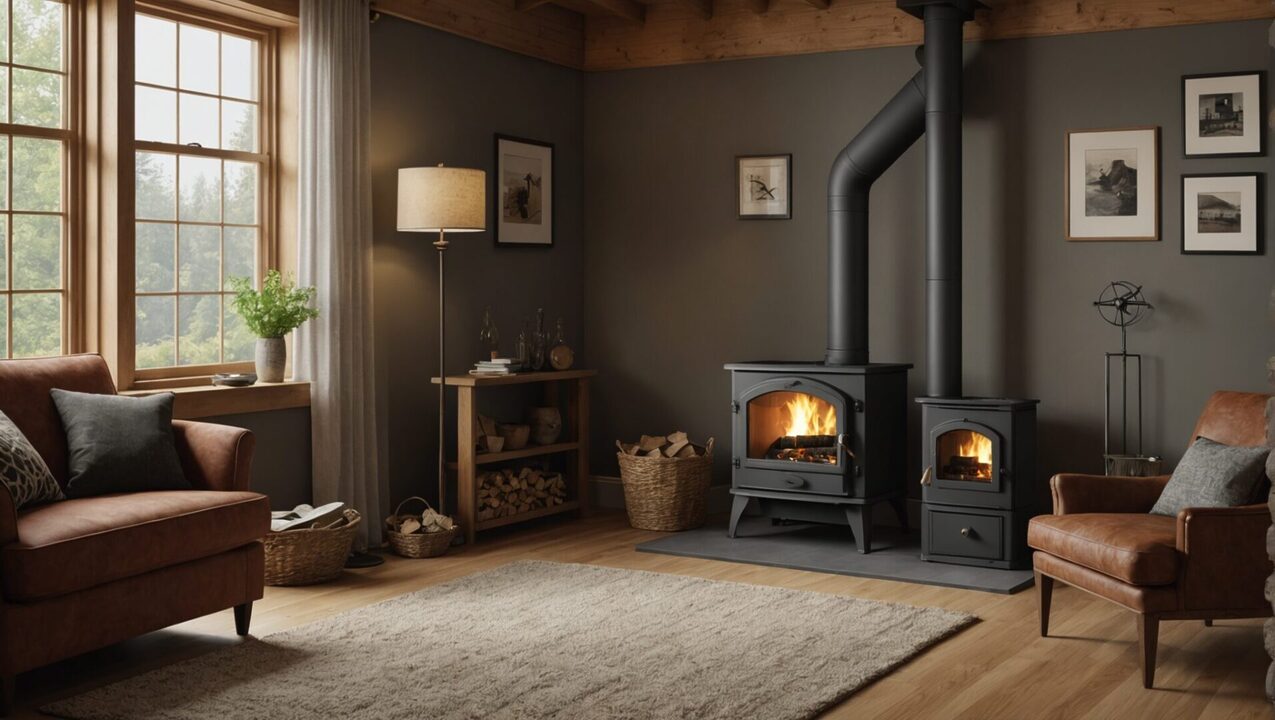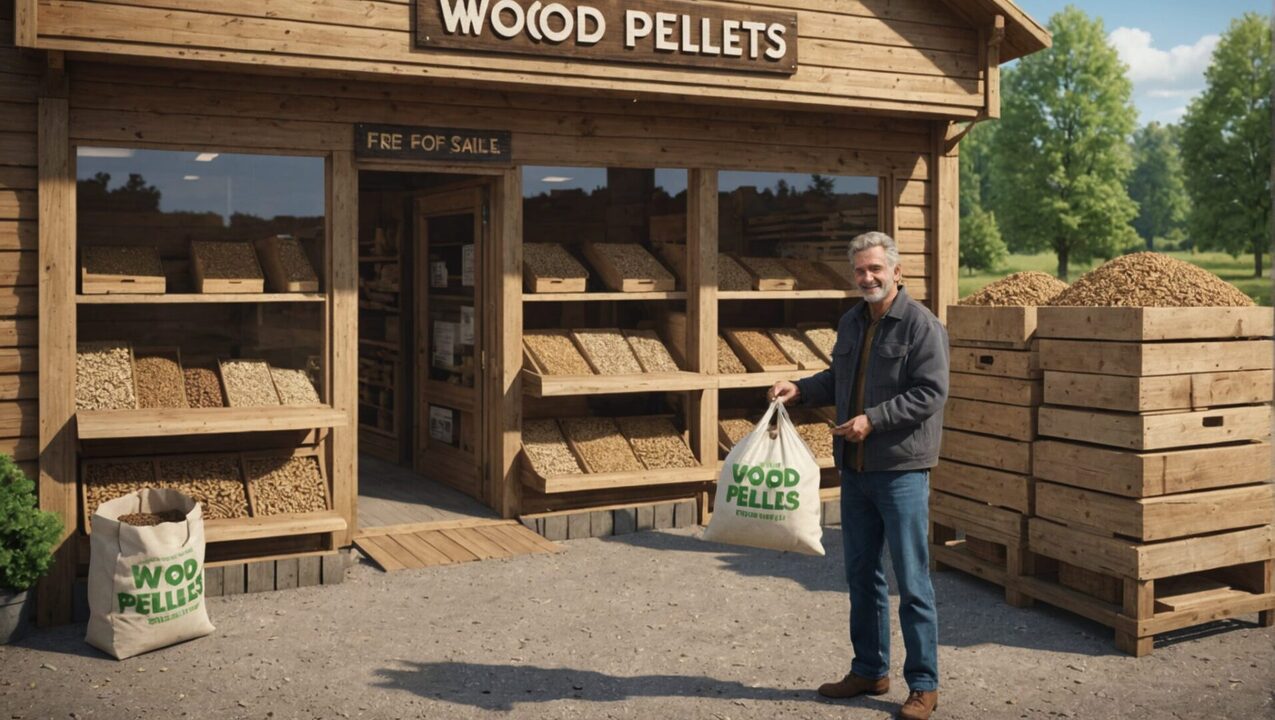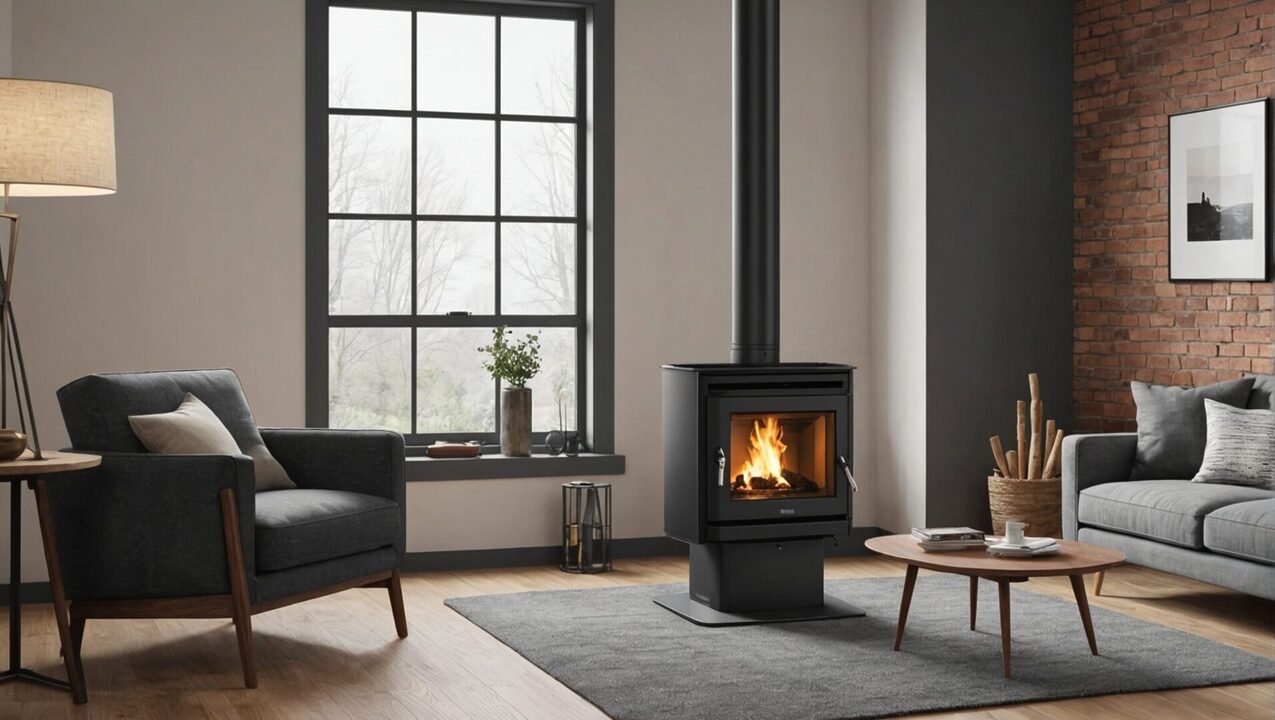The choice of a pellet stove requires careful evaluation of several criteria. First, determine the power necessary, expressed in kilowatts, which must correspond to the surface area to be heated. For a space of 100 m², a model of 10kW is generally appropriate. Next, it is essential to consider the energy efficiency, which must be greater than 70%, as well as the particle emissions, less than 90 mg/Nm3. There tank capacity also influences the autonomy of the device and the endless screw is crucial for regulating pellet feeding. Finally, don’t forget to take into account the design and the sound level for harmonious integration into your interior.

The choice of a pellet stove constitutes a significant investment to improve the thermal comfort of your home. With current environmental issues and rising energy prices, more and more households are turning to this practical and ecological heating solution. But how can you make sure you choose the right model? This guide offers an exploration of the essential criteria to consider before making your decision.
Performance criteria not to be neglected
Energy efficiency
Energy efficiency is one of the most determining factors when evaluating a pellet stove. It must exceed 70%, which guarantees optimal efficiency in the transformation of pellets into heat. High efficiency not only reduces your fuel consumption, but also reduces polluting emissions.
Particle emissions
Another important criterion concerns the particle emissions. It is recommended that these do not exceed 90 mg/Nm³. A stove that complies with this standard will contribute to better compliance with environmental regulations while ensuring healthier combustion.
Stove weight
In general, a good quality pellet stove weighs around 80 kg. Weight can be indicative of durability and quality of materials. A lighter model might suggest a less robust construction, while a heavier device may offer better thermal inertia.
Sur le même sujet :
Models, power and features
Choice of model
The diversity of models pellet stoves can be confusing. The different types differ in the way they evacuate smoke or distribute heat. For example, a ductable stove allows heat to be distributed in several rooms, while a traditional stove concentrates on a single space. Defining your heating needs is essential before choosing a model.
Adapted power
The power of the stove must be chosen according to the surface area to be heated. For a space of 100 m², a device with a power of 10 kW will generally be sufficient. However, it is essential to also consider the insulation of your home; a well-insulated home will require less power.
Tank autonomy
The capacity of the pellet tank plays an essential role in the autonomy of the device. Larger tank volume means fewer frequent refills. Take the time to compare models to find the one whose autonomy meets your needs.
Sur le même sujet :
Technical characteristics and innovations
The sound level
An often overlooked element is the sound level of the device. Some stoves are designed to operate very quietly, thus promoting the acoustic comfort of your interior. If you plan to install the stove in a living room, this criterion may prove decisive. Acoustic performance tests should be examined carefully.
Additional Features
Recent innovations have emerged, allowing advanced heating regulation. For example, some models are equipped with programmable thermostats, mobile applications for remote control or even automatic cleaning systems. Choose a model that incorporates technologies that truly adapt to your lifestyle.
Purchase and installation cost
The budget is another essential aspect. Understanding the purchase costs, but also the installation costs, will allow you to better anticipate your overall investment. Some models may seem expensive, but consider them a long-term investment, taking into account the energy savings later. Grants or tax credits can also support this type of purchase, so be sure to find out what schemes are available.
Sur le même sujet :
The importance of installation
Choose a qualified professional
The installation of a pellet stove requires precise know-how. It is advisable to contact a professional to ensure that the device is installed in accordance with current safety standards. A correctly carried out installation contributes to the optimal performance of the stove and reduces the risk of malfunction.
Consider location
The location of the stove in your home also affects its efficiency. It is preferable to install the device in a central room to ensure even heat distribution. Examine the possibilities of ventilation and smoke evacuation in order to optimize the operation of the device.
Sur le même sujet :
The choice between wood stove and pellet stove
Cost comparison
The cost of operating a pellet stove and a wood stove can vary considerably. Pellets, although more expensive to purchase, often offer better energy efficiency. It is therefore essential to compare the long-term profitability of the two options before making your choice.
Ease of use
THE pellet stoves present an undeniable advantage in terms of ease of use. With an automatic pellet feed, these appliances require less human intervention than traditional wood stoves, where fuel must be regularly added and ash managed. On the contrary, pellet stoves offer automatic ash cleaning systems, reducing the workload.
Sur le même sujet :
Maintenance and longevity
Regular maintenance
Proper maintenance will extend the life of your stove. Cleaning the ducts, checking the spark plug and checking the mechanisms are all actions that should be carried out, why not, every year to guarantee proper operation. It is advisable to follow the manufacturer’s recommendations regarding maintenance to prevent breakdowns.
Traps to avoid
Some consumers may rush into purchasing without having fully assessed their needs or the specific features of the equipment. In particular, it is essential to avoid models that are too cheap and that can cause long-term malfunctions. Remember to carefully analyze customer reviews and product ratings on specialized sites.
Sur le même sujet :
Environmental issues
Ecological impact
Choosing a pellet stove is not only an economic consideration; it also represents a commitment to the environment. Pellets are often made from wood waste, making them a renewable energy source. On the other hand, the CO2 emissions of pellet stoves are significantly lower than those of fossil fuels.
Regulations and subsidies
Also find out about financial aid and local regulations that support the purchase of pellet stoves. Many municipalities and regions offer subsidies to encourage households to make an energy transition. These measures help make the purchase cost more affordable, while contributing to cleaner heating.
The process of selecting a pellet stove may seem complex, but by taking these different criteria into account, it is possible to make an informed choice that will meet your needs in terms of thermal comfort. If you have any comments, doubts or experiences to share on this subject, do not hesitate to do so in the comments below.




